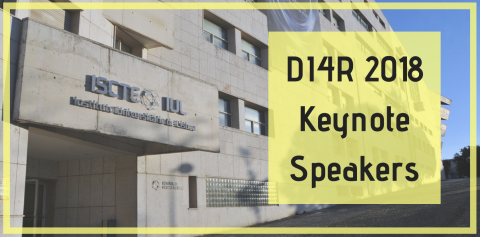Distributed Archive for the Cherenkov Telescope Array
Date:
Friday, September 30, 2016 - 09:00
The Cherenkov Telescope Array (CTA) is the worldwide project for the future of Very High Energy gamma-ray astronomy with Cherenkov Telescopes. The CTA Consortium consists of scientists and engineers from 27 countries from 5 continents and has become a truly global project. Since 2008, it has been included in the roadmap of the European Strategy Forum on Research Infrastructures (ESFRI).
The CTA data and their scientific products need to be preserved in a dedicated archive guaranteed to provide open and widespread access to heterogeneous scientific communities. One of the major technological challenge is related to the data-handling and archiving of such a huge amount of data coming from instruments and subsystems as well as final science products generated by the observatory facility.
We present a first prototype of the CTA Archive using technologies developed within the EC funded INDIGO-DataCloud project. In particular we are focusing on employing OneData solutions for developing a distributed system deployed as a federation of different storage entities. The OneData product virtualizes on-demand storage systems coming from federated resource-providers distributed globally. It introduces a new data organization concept together with providers’ cooperation procedures that involve the use of a distributed global registry as mediator. The most significant features include metadata synchronization and on-demand file transfer. The distributed architecture of the CTA archive will allow to lower costs with respect to a single huge data centre including easy manageability and maintenance. The distributed approach also takes care of redundancy policy since involved databases of metadata are distributed together with the storage sites. Thus allowing a very high throughput and availability of inter-communications allowing the best data-model scheduling organization. Finally this solution is fault tolerant and risk-management free since it has no single point of failure and can easily solve any disaster recovery event thanks to the redundancy of the distributed approach with a robust data management system.
| Presenter | Organisation |
| Eva Sciacca | INAF-Astrophysical Observatory of Catania, Italy |
Download presentation:



